The Arabic word al-manar from which the Castilian minaret is composed Article (to the), the prefix m root place and n / nur (fire / light), namely, trail. The idea is that the al-manar is the beacon that attracts sailors at the port of the mosque, of prayer. No wonder that early Islam minarets built in Syria, after during the time of Medina and Mecca were used for calls to prayer from the mosques terraces, headlights resembled the Arabs could know: the Roman lighthouses. From the earliest minarets built in Syria we know almost nothing, are so distorted by subsequent reforms. The first big minaret that is completely preserved its structure is that of Kairouan (831) and effectively if something seems is a Roman lighthouse. It can be seen by comparing it with one of the few left in the world: that of A Coruña.
Left: minaret of the Great Mezquita of Kairouan. Center: recreation of the Caliphate minaret of the Mosque of Cordoba Abd ar-Rahman III work. Right: vista of the Kutubiya, Almohad minaret of the mosque of the same name in Marrakech.
Giralda of Seville and the unfinished minaret Hassan Mosque in Rabat.
The first minaret of the Mosque of Cordoba (788), constructed by Hisham I only known foundation so we can not know how inherited from Syrian models or how much influence the Kairouani, but certainly it is one of the first built minarets throughout Islam. Is the minaret of Abderrahman III (951) where is fixed final model of the minarets of Muslim West. Starting from the square structure Kairouan, the master builder of the tower Cordoba losing the character makes rough, strongly defensive air its closest predecessor and projects a tower elegance hitherto unknown to, even before his aesthetic is exported to other parts of Islam, will become a powerful model of imitation in the territories themselves Christians, If bell towers of churches Catalan Romanesque.
The primitive minaret decoration is very sober Cordoba, but with great elegance. The distribution of the windows (two rows of two double-arched windows on the north and south sides and two rows of triple arches on the east and west sides, all capped by a row of eight arches on top) and shape with rectangular frame, horseshoe arches and columns mullion is a happy composition of great plasticity and especially of great originality.
Likely, as evidenced by what remains the only full minaret that has come of the Caliphate, the tower of San Juan, other minarets of Cordoba or other cities of Al Andalus repeat the formal model and decorative the Grand Mosque but must await the construction of the Kutubiya de Marrakech by the Almohads for the model is finally fixed.
The originality of the minaret of Marrakesh Kotubíya respect to its strict formal model Cordoba lies in decorating their faces, decor which is a clear evolution of the reasons, source but also Andalusian, since it was imported to North Africa by the ancestors of the Almohad, almorávides.
Although the reason for the invasion of the kingdoms of the Maghreb and al-Andalus both Almoravids as the almohades from their original areas in the Sahara was returning doctrinal purity, and formal step, all manifestations of Islam, new arrivals, once installed in the corrupt and decadent cities Andalusí could not help falling also given at the cultural refinement and splendor of artistic expressions found in them. So after the dissolution of the Caliphate the various rulers of the Taifa kingdoms had competed hard with each other to make each of their capital in Cordobas to evolve rapidly scale by classical art forms Cordovan Caliphate. Thus Saragossa, in constructing the royal palace (The Aljafería, 1065-1081) found for the first time the Baroque transformation arcades polilobulada of expanding Alhakam II giving rise to fanciful decorative and fine interlacing arches mixtilíneas (sebka = red) they constitute the most characteristic stamp andaluso-Maghrebi art. It is true that there had been implanted deep entanglement in the Jordanian desert castles s early. VIII, with the name of kaft wa daraj (step and shoulder) (MARTIN JIMENEZ, History of Art History 16, tome 15, pg. 54), but probably in Al Andalus native suffered an evolution from their own forms.
The first time almorávides decide to absorb the lavish decorations Andalusí was in the construction of the mosque Tremecén (1136), specifically in the design of its mihrdb, for which there is evidence that builders were brought Andalusí. And hence pass directly and, the hands of their successors, the Almohad, to the alminar de la Kutubiya (1160), to continue decorating the faces of the next tower Almohad, that of the Great Mosque of Seville (Giralda, 1184) and unfinished Hassan en Rabat (1195).
With the simultaneous construction of the Almohad minarets of the mosque of the Casbah in Tunis (1235) and Great Mosque of Tlemcen (1236) is fixed and the model of the minaret definitely Maghreb continue to this day, broken only by the occasional Turkish style minarets built during the Ottoman protectorate.
Mosque Minaret the Kasbah of Tunis and minaret of the mosque of Tlemcen (Algeria).
The last great achievement will be the Great Mosque of Tunis Zeytuna (s. XIX), summarizing in your beautiful picture all the force of tradition and originality constructive Andalusian.
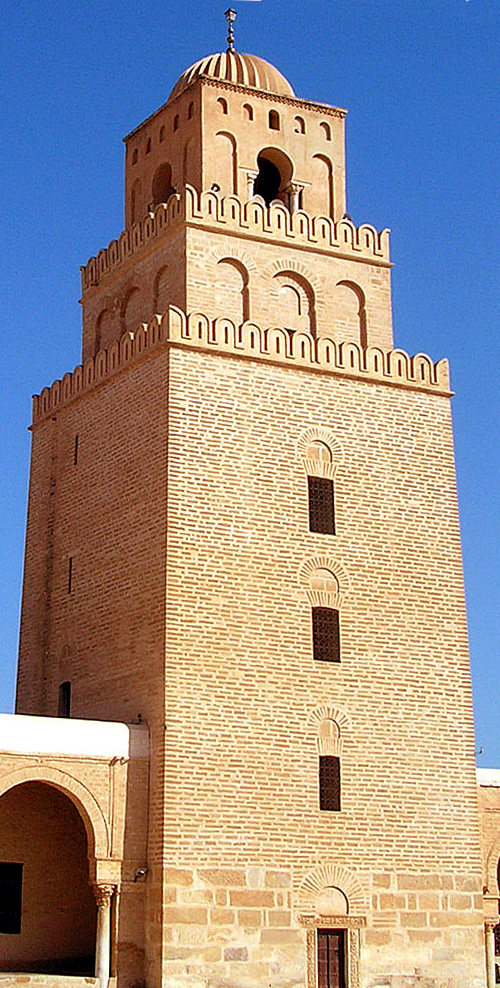

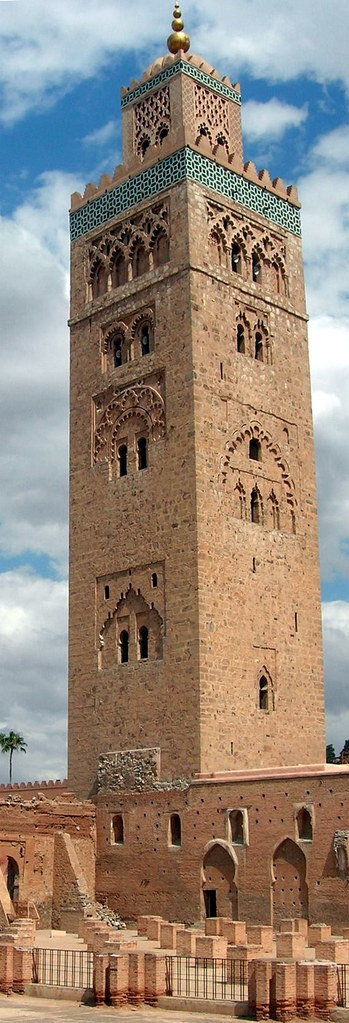
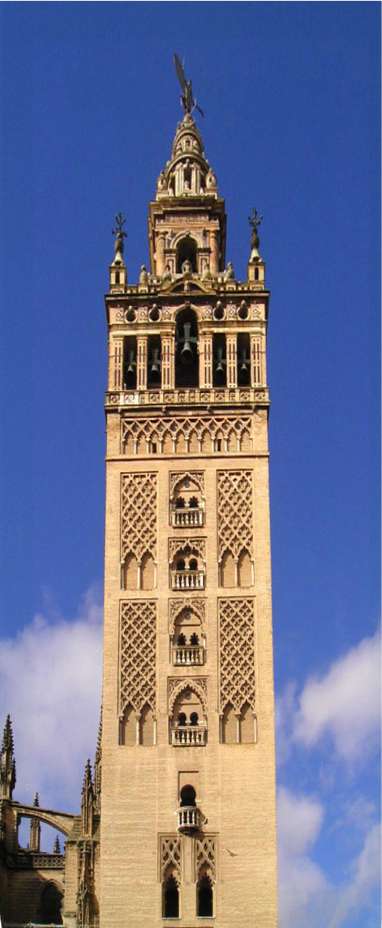
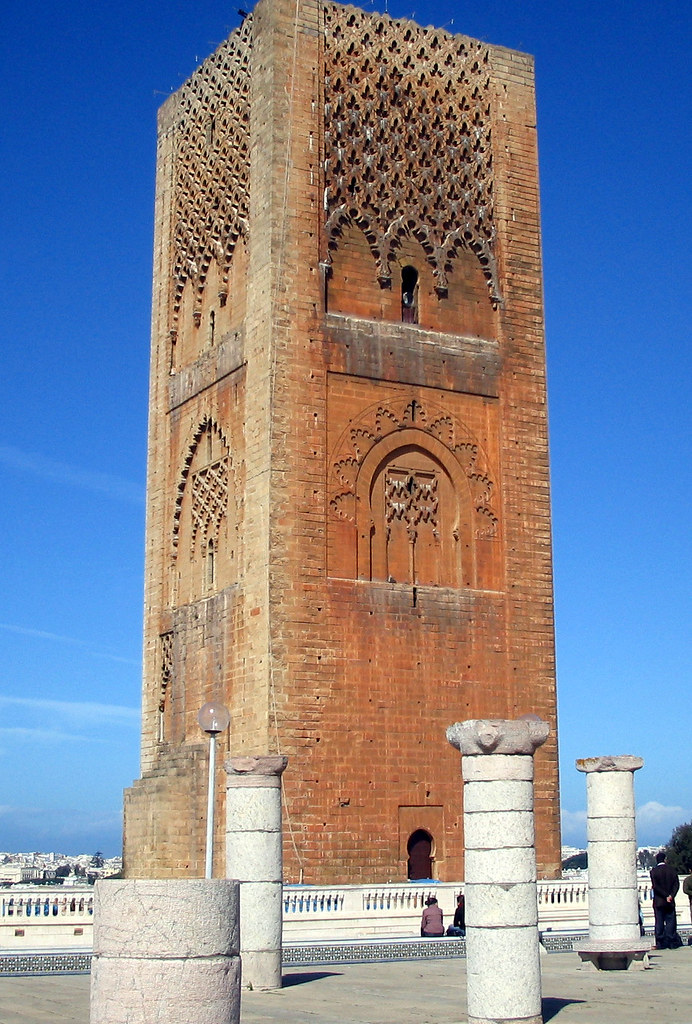
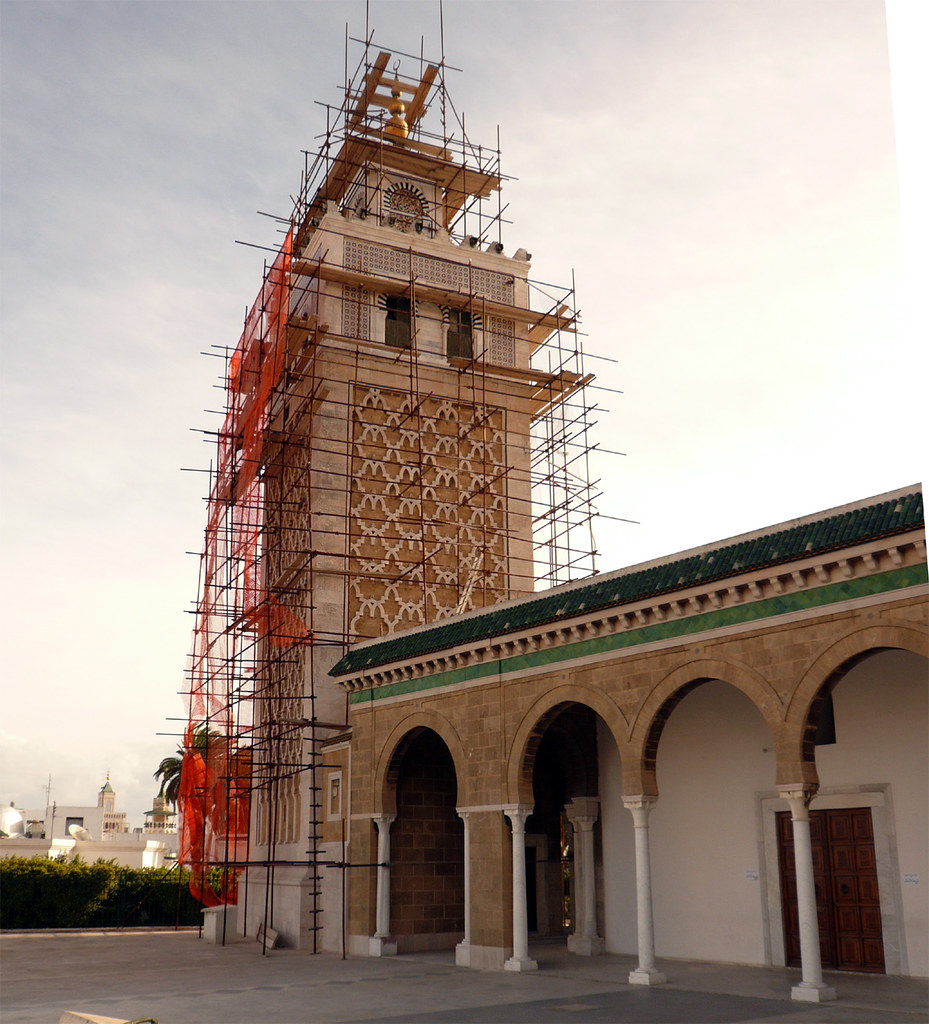
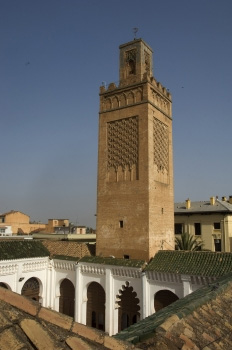
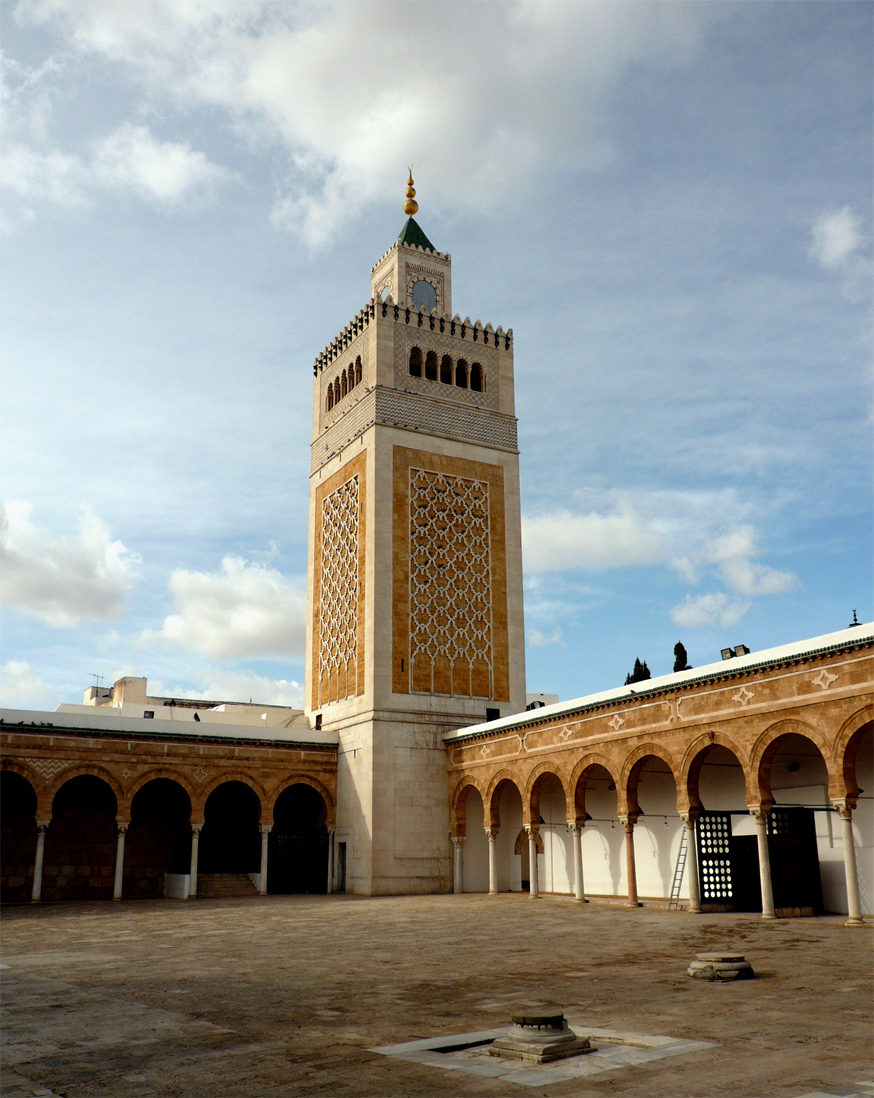



Manuel Friend, 're a monster!
Article is flawless and gives a very interesting overview of the evolution of Spanish art and its influence territorial Muslim And only through tower! is magnificent. I hope you pick up the taste to publish stuff here.